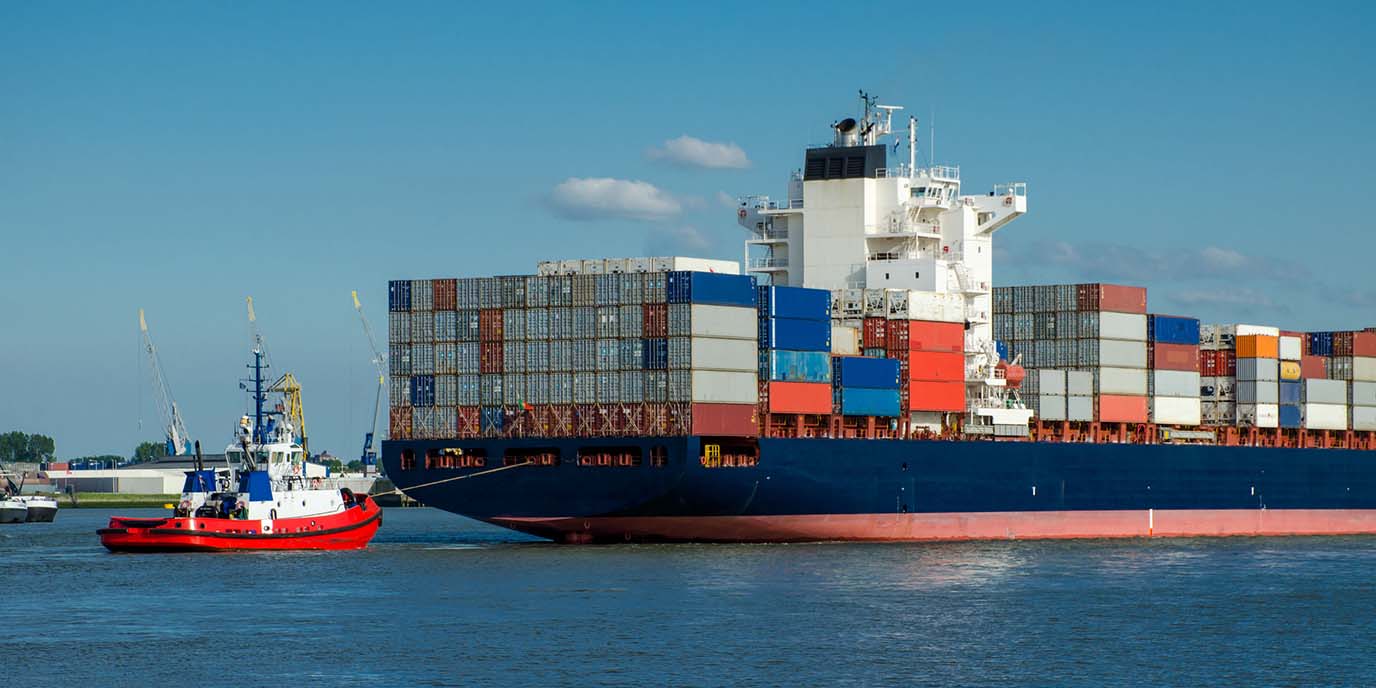Havens in Physical Internet
Project leader(s):
Consortium:
University of Groningen, Havenbedrijf Rotterdam, Groningen Seaports, TU Delft
Funding from:
Dutch Reserch Council (NWO)
Summary:
The project ‘Towards Virtual Ports in a Physical Internet’ develops models and tools which can support ports and businesses in their hinterlands to change over to and gradually participate in a complete Physical Internet network. In supply chains, shippers and logistics service providers still make arrangements regarding fixed routes with fixed warehouses and, generally, they also draw up agreements about whether the shipment will be sent by water, road, railway or air (modes of transport). Synchromodal transport solutions are gradually changing that. No arrangements are made any longer about the mode of transport to be used. Currently, synchromodal transport is deployed for transporting containers from hub to hub, including seaports and inland terminals. The containers have been provided with information carriers, small chips that contain the most critical information about these containers, such as cargo, owner, track & trace.
The Physical Internet can be thought of as ‘synchromodal 2.0’, mapping the transportation of containers from door-to-door and the packages in those containers. The question then rises whether transporting the complete cargo using a fixed route is the best solution. Maybe it is better to unpack the container somewhere along the way and transport parts of its contents via other modes of transport.
In the project different models are being developed which will help individual businesses to make the choice whether or not to take part in a Physical Internet network. These models will make it possible to calculate business cases for firms to show them the benefits in terms of cost and sustainability of participating in these open PI networks.
It is expected that the Physical Internet will change the roles played by companies and organizations in logistics. In this project, researchers from the University of Groningen collaborate with the Rotterdam and Groningen port authorities to study which roles ports can have in PI networks. Ports are considered to be major links in these networks. Research into the consequences of PI for flows of goods will have to be carried out to determine which new services are appealing for ports.
Using the information obtained from individual companies, the 'micro level', it will be possible to find out what consequences this would have for global flows of goods, the 'macro level'. Conversely, knowledge about the macro level will provide input for decisions at micro level made in the ports' hinterland networks. The project will develop new mathematical models for the purpose of determining the effects of PI networks on flows of goods. The ports will provide information about these existing flows of goods.
The three most significant elements of the project focus on:
-
designing mathematical models for conducting flows of goods analyses in PI networks;
-
designing tools which can help ports and hinterland businesses make decisions regarding the extent to which services in PI networks are provided and made use of;
-
analysing stakeholders' roles in PI networks.


